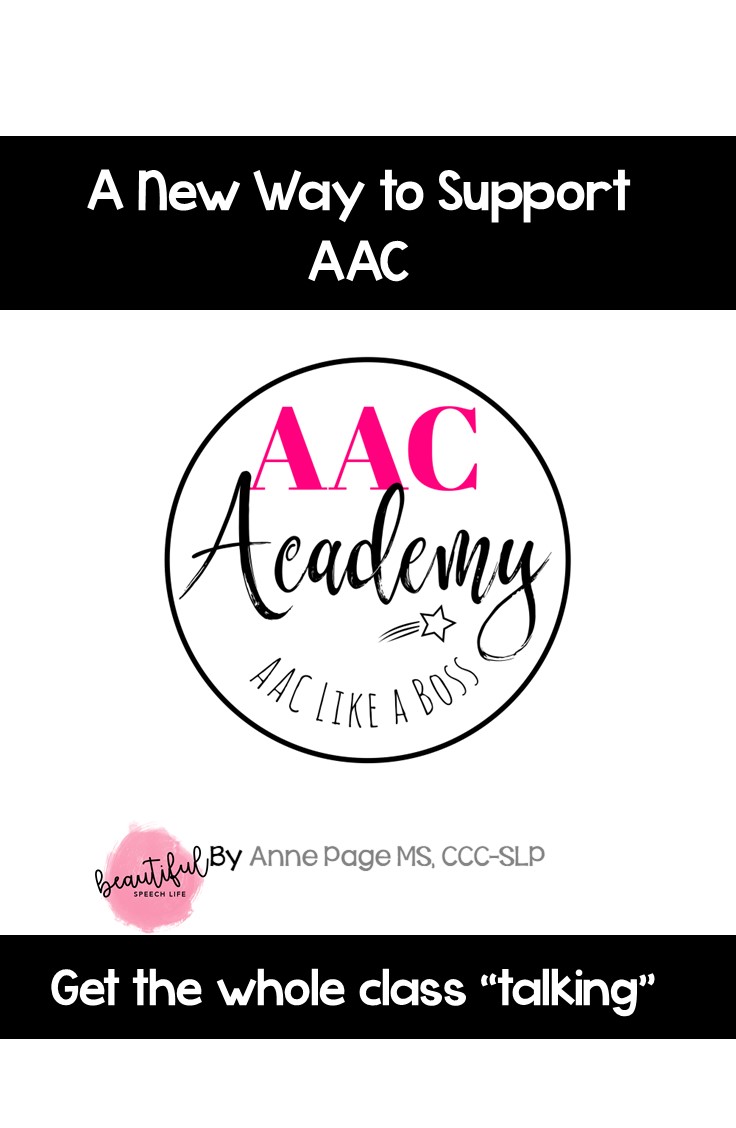I’ve shared before that we must view our young AAC users as a whole. As SLPs we need to consider each student’s home environment, their culture and all those times at school when we aren’t around to watch and model AAC for them. AAC use needs to occur everywhere, if the child is going to be successful with it.
Which means supporting and working with parents of emerging AAC users. It also means working with colleagues to support students and creating a team environment. As SLPs there is a lot we can do in this space. Including understanding the parents, helping them overcome barriers to access and seeking their input into plans.
Barriers families face
I work in a Title 1 school in the US and the families I work with often face barriers to getting access to AAC for their child.
Families, particularly those from diverse backgrounds are often not aware of their right to speak out and ask for things for their children. Or they don’t feel comfortable doing it.
That is if they know. For many of the families I work with, they are new to this country and don’t realize AAC devices even exist or that services are available. There is often not a translator to help them ask.
If they do know to ask, in many states there is a lot of red tape and phone calls around accessing the support. Adding this on to stresses that families are already facing can just be too much.
As SLPs we can advocate for the family and influence what device they get. We also need to keep advocating after that first device. We can make sure the student’s AAC changes with them as they grow. The child may have gotten a Big Mac and now has more capability. We need to make sure they have access to that. We can also advocate when devices get old or break. It’s so important to keep that connection with the parents and advocate for them.
If the student needs AAC to access education then it is the school’s job to provide it. We can make parents aware of this.
Involving parents (and colleagues)
Your student is not going to get the best outcomes if we don’t involve parents and our colleagues in supporting the students. I get a lot of questions about how to do this. It isn’t always easy but it is possible by:
- Building connections. As SLPs it’s our job to talk to the teacher and connect. If you’re doing an AAC evaluation then try to include everyone on the team. Give whoever is going to work with the child an opportunity to provide input and feel like they’re part of the whole process.
- Keep lines of communication open at all times. Ask the teacher what are their goals for the student, what is in their IEP and how you can you help them to reach these goals. Asking where the communication breakdowns are right now is a great place to start.
- Don’t make assumptions with parents. It’s important we don’t lead with our egos. Seek first to understand which may mean backing up a bit and slowing down. Just know it’s going to be a process. It isn’t going to be an overnight change. It takes years and years of building and growing. Making sure to involve everyone where you can.
- Tell success stories. Have examples to share with colleagues and parents. You have to share these stories and get people excited and to see the possibilities. We want them to see what could happen.
- Accept people will make assumptions about you. When you go into a community for the first time, people will make assumptions about you and this is ok. Don’t think you can change those assumptions immediately. Hang in there and keep talking to people. Attend everything you’re invited to.
- Listen. I’m never the loudest person in the room, I’m more a person who watches. I don’t go in thinking I know everything. I let people show me who they are and have respect when learning about a different culture. I want my highest spirit to meet their highest spirit.
- No professional jargon. Be really aware of not using professional jargon when working with families. Use parent friendly language and then introduce what the different terms we use all the time mean. This then helps them navigate the system without you.
- Include the family. A key question is to ask parents is “what would you like your child to communicate?” You can also program family names into devices.
Promoting Culturally Responsive Therapy
I want the children I work with to embrace their communities and I want to encourage other SLPs to do this too. To facilitate this I do the following:
- Parent Groups. I’ve been facilitating these once a month via Zoom. They’ve been such great groups. I include parents and teachers and we talk about things like AAC and the importance of modeling as well as providing an opportunity for questions and answers. The parents have gotten to connect with each other which is so important.
- Free Facebook Group. I’ve got a free Facebook Group for speech therapists, speech therapist assistants, teachers and instructional assistants who work with children who use and/or need Augmentative Alternative Communication (AAC). This is a space to ask questions without judgement and to connect with others. You can request to join here: https://www.facebook.com/groups/theAACconnection.
- Speaking at conventions. I often speak at local and national conventions. Baslcally any opportunity where I get to share the message about AAC and culturally responsive therapy.
There is so much we can do to support our families and colleagues and I love seeing parents sharing their culture with their children.
Pin to read later:



 Hey there I’m Anne Page. I help heart centered SLPs and educators put the fun in functional communication.
Hey there I’m Anne Page. I help heart centered SLPs and educators put the fun in functional communication. 